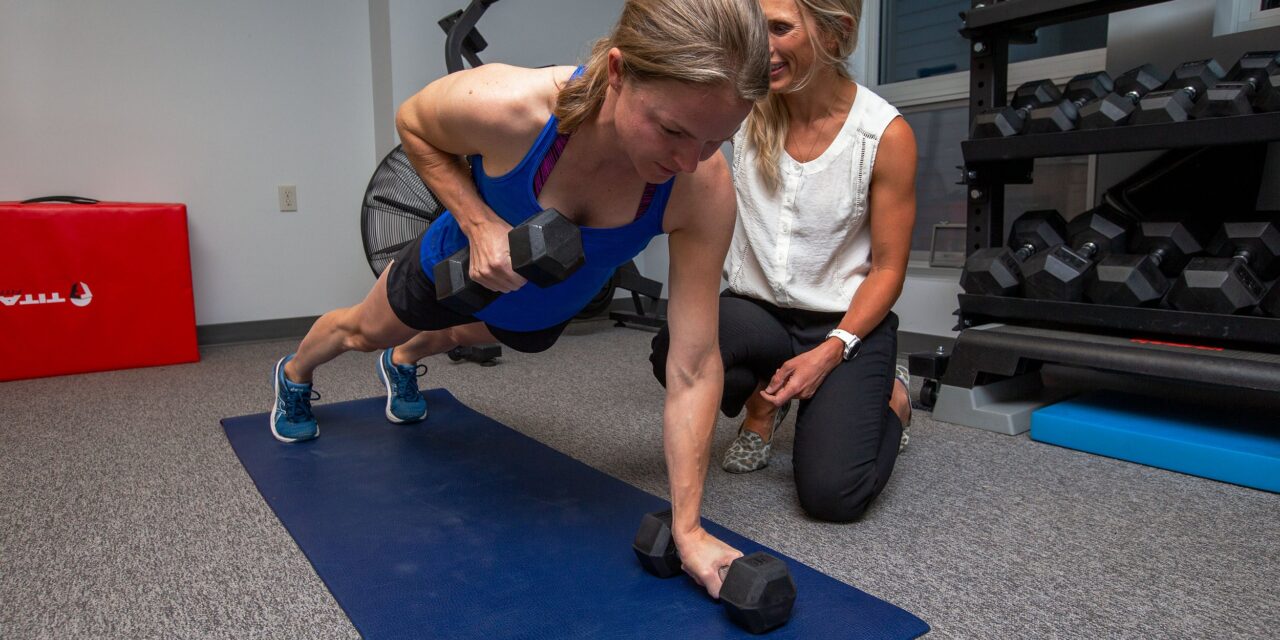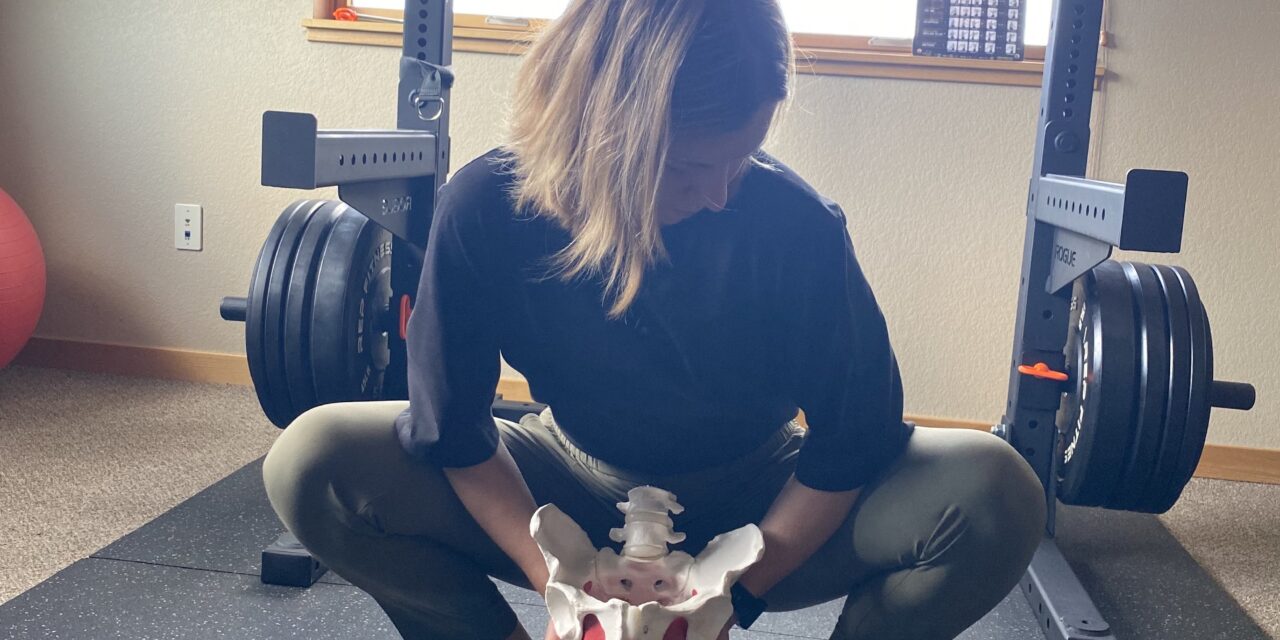In the world of pregnancy and postpartum exercise, lack of available evidence has led to a fear-based model of avoiding heavy weight training due to unknown risk. As more research is being done on the pregnant population the evidence is becoming clear that activity, including heavy weight lifting, does not increase risk to mom or...
How Your Physical Therapist Can Provide Anal Fissure Treatments and Reduce Recurrence
November 6, 2022
Bowel movements are a part of our normal routine, but painful bowel movements don’t have to be. A common cause of painful bowel elimination is anal fissures. These tiny tears in the anal canal are quite common and have a significant impact on quality of life. Among patients studied in a 2014 cohort, prevelance of...
As pelvic physical therapists in Boulder County, functional constipation has been something treated in our clinics via various techniques. A new randomized controlled trial has shown one commonly performed intervention to be an effective first-line treatment for functional constipation. Functional constipation is defined by the Rome IV criteria. Rome IV criteria: Must include two or...
Why Men Need Pelvic Floor Physical Therapy Too!
October 10, 2022
Yes men, you do have a pelvic floor. In fact, aside from different genitalia, all genders have the same pelvic floor muscle and nerve make up. Even in the absence of delivering babies, the male pelvic floor and surrounding area can be susceptible to dysfunction. The following diagnoses/presentations/symptoms can all be indicative of a pelvic...
Do I Need to Talk to My Healthcare Provider Before Resuming or Starting an Exercise Program After Finding Out I’m Pregnant?
October 8, 2022
After waiting the seemingly longest 2 minutes of your life, the stick reads “pregnant.” It’s overwhelming joyful, shocking, and admittedly a little scary. Millions of questions begin piling up in your mind, one of them about exercise – can I continue my normal routine or do I need to see my provider first? Waiting for...
Receive a diagnosis of prostatitis for your pelvic pain or urinary dysfunction? Only 8-10% of cases of prostatitis are due to a bacterial infection. If antibiotics didn’t work in relieving symptoms, you may be in the category of ‘chronic prostatitis/chronic pelvic pain syndrome’ (CPPS). What are the symptoms of chronic prostatitis? Bladder symptoms: urgency, frequency,...
What is the pelvic floor doing while I climb? Should I do kegels? Can I climb while pregnant? “In the end, climbing was one of the only things my body felt good doing for the entirety of my pregnancy, and I climbed throughout, enjoying my final pregnant climbing session just 12 hours before going into...
At Mend, we work with highly active women in Boulder County during pregnancy in our Boulder and Lafayette sports medicine and pelvic health physical therapy practice. This includes elite marathoners, CrossFit enthusiasts, triathletes, group fitness junkies and more. As pelvic health specialists we often hear concerns from these active women about “being too tight” in...
How To Decrease Pelvic Floor Muscle Tension
August 2, 2022
At our Boulder pelvic physical therapy clinic, we often see the cause of a pelvic floor dysfunction being tension, not weakness, of pelvic floor muscles. This applies not just to those that identify as female, but those identifying as males as well. Muscles that are holding more tension than they should, cannot properly function. So...
Ready to run after having a baby but need a better plan on how much and how to progress your running? Read on to find a template at the end. The 6-week postpartum doctor’s visit is when women are often “cleared” for activity and are often advised to start slowly and gradually building exercise volume...










